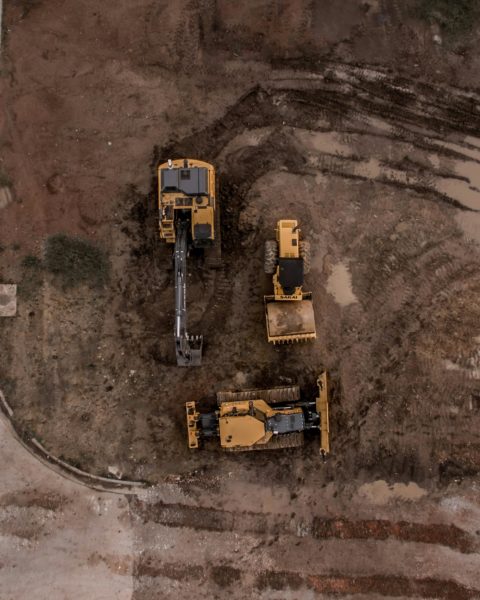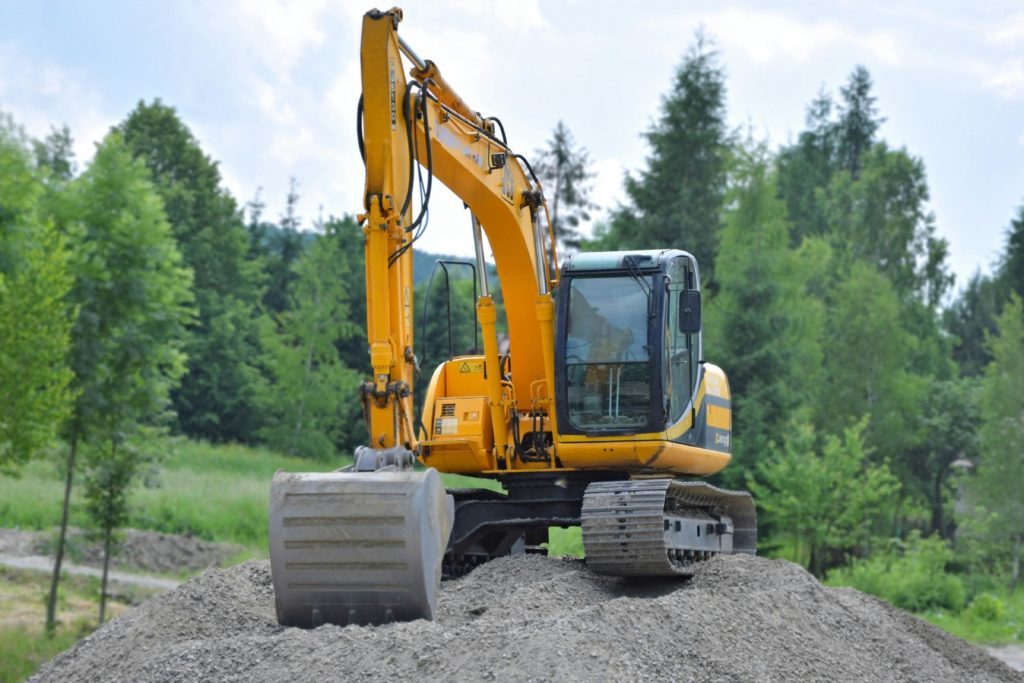Excavation is a fundamental part of the construction process, involving the removal of soil, rock, or other materials from a site to form an open hole, trench, or cavity. It serves various purposes, from exploration and site preparation to the creation of foundations for buildings and structures. The process involves several critical steps, each requiring precise planning and execution.
1. Planning and Preparation
 Before the actual excavation work begins, thorough planning and preparation are crucial. This phase involves:
Before the actual excavation work begins, thorough planning and preparation are crucial. This phase involves:
- Site Investigation: A detailed survey and investigation of the site are conducted to understand the topography, soil type, water table level, and existing structures. It’s vital for determining the excavation method and equipment needed.
- Obtaining Permits: Depending on the project’s location and scope, obtaining the necessary permits from local authorities is essential to comply with regulations.
- Utilities Location: Identifying and marking underground utilities (like gas, water, and electricity lines) to avoid damages and ensure safety during excavation.
- Setting Out: Establishing the boundaries and depths of the excavation area using stakes and markers.
2. Mobilization of Equipment and Crew
Once planning is complete, the necessary equipment and crew are mobilized to the site. The type of machinery depends on the project size and nature, ranging from simple shovels and wheelbarrows for small-scale projects to excavators, bulldozers, and dump trucks for larger operations.
3. Excavation Work
The excavation work can now begin in earnest, following the outlined plan and adhering to safety guidelines.
- Topsoil Removal: The first step often involves removing the top layer of soil, which is typically more fertile and stored for later use in landscaping or rehabilitation.
- Excavating to Design Depth: After topsoil removal, excavation continues to the specified design depth, involving the sequential removal of material layers until reaching the desired level.
- Material Sorting: Throughout the process, the excavated material is sorted. Some materials may be reused on-site for backfilling, while others might be removed from the site.
- Dewatering: If water is encountered during excavation, dewatering processes are implemented to keep the site dry and stable. This may involve pumps, trenches, or wellpoints.
4. Inspection and Quality Control
As the excavation work progresses, it’s essential to frequently inspect and perform quality control checks to ensure the excavation meets the project’s specifications. Quality control involves:
- Inspection of Depths and Slopes: Accurate measurements are taken to verify that the depth and slope of the excavation conform to the project plans.
- Soil Testing: Regular soil tests may be conducted to ascertain soil properties and stability, ensuring that the conditions are still safe for construction.
- Monitoring Safety Standards: Adherence to safety standards must be monitored to protect the crew and prevent accidents. This includes ensuring proper shoring of trench walls, the use of protective gear, and maintaining a clear evacuation route.
- Site Cleanliness and Waste Management: Keeping the site clean and managing waste effectively is not just a matter of organization but also a safety consideration, as debris can pose tripping hazards.
5. Finalization and Site Restoration
For local companies like Bowden Excavating Inc., based in Ontario, the completion stage of the excavation process is as significant as the initial digging phase. Finalization entails:
- Backfilling: If required by the project, excavation sites may be partially or entirely filled with soil or other materials to restore stability.
- Grading: The site is graded to ensure proper drainage and to prepare for landscaping or construction work. This step is crucial to avoid water pooling and potential foundation issues.
- Site Rehabilitation: In cases where the land is not used for construction, site rehabilitation may involve the redistribution of topsoil, planting grass or trees, and restoring the area to its natural state or as close to it as possible.
- Equipment Demobilization: Machinery and equipment are cleaned, inspected for any damage, and then removed from the site.
- Project Documentation: Detailed records of the excavation process, including soil testing results and inspection reports, are completed for future reference, which is especially important for verifying work quality and in case of any post-construction issues.
Bowden Excavating Inc. prides itself on the thoroughness of its work, from the efficient and safe execution of the excavation steps to the tidy and environmentally sensitive finalization of the project site. Contact our excavation company today to get a quote from a licensed contractor.

